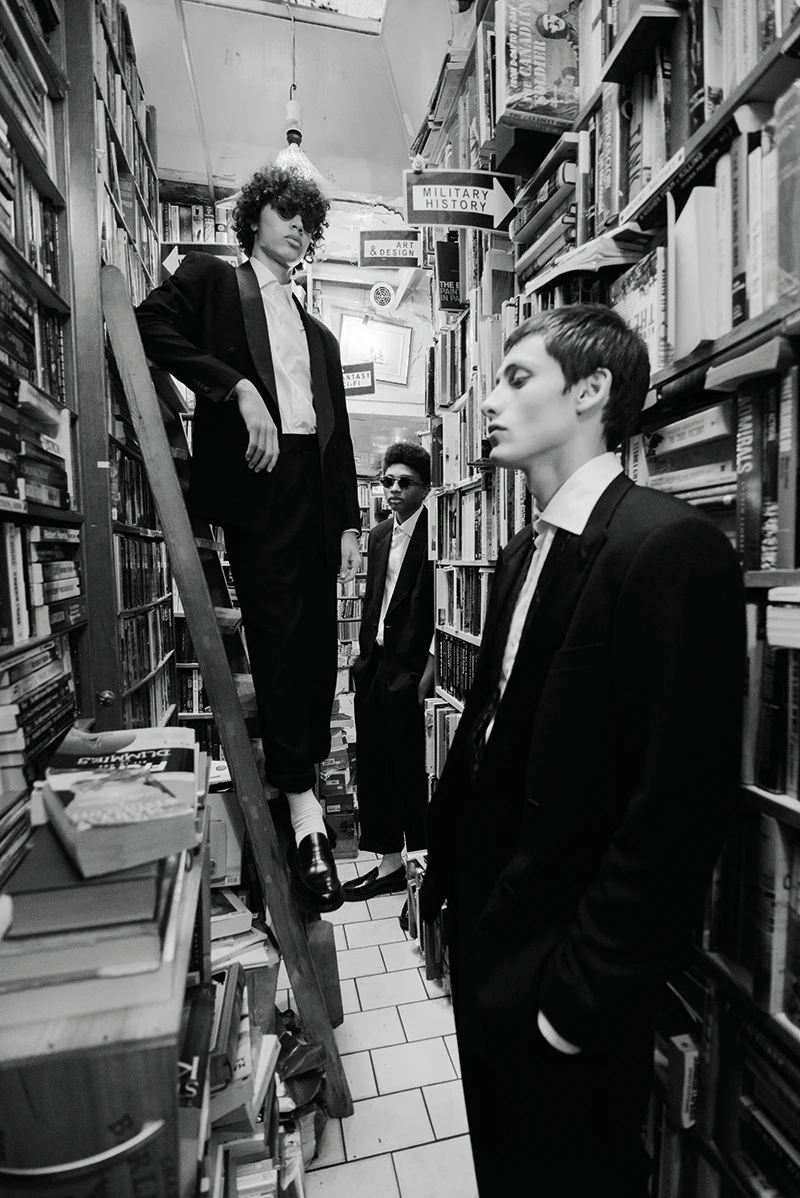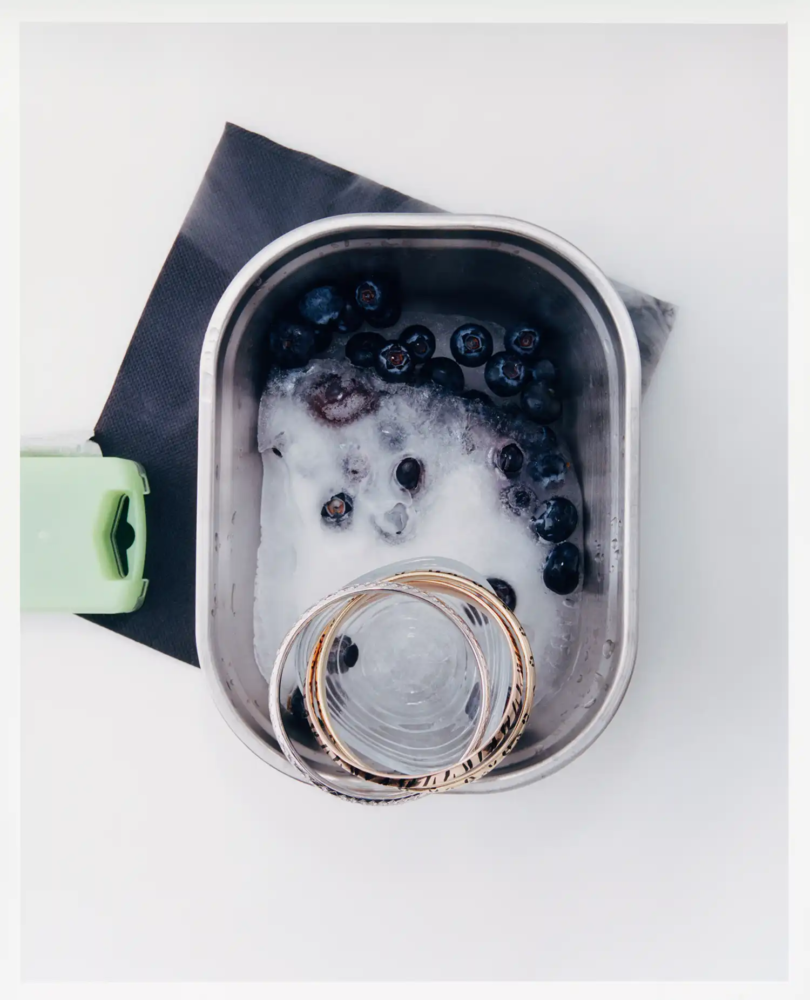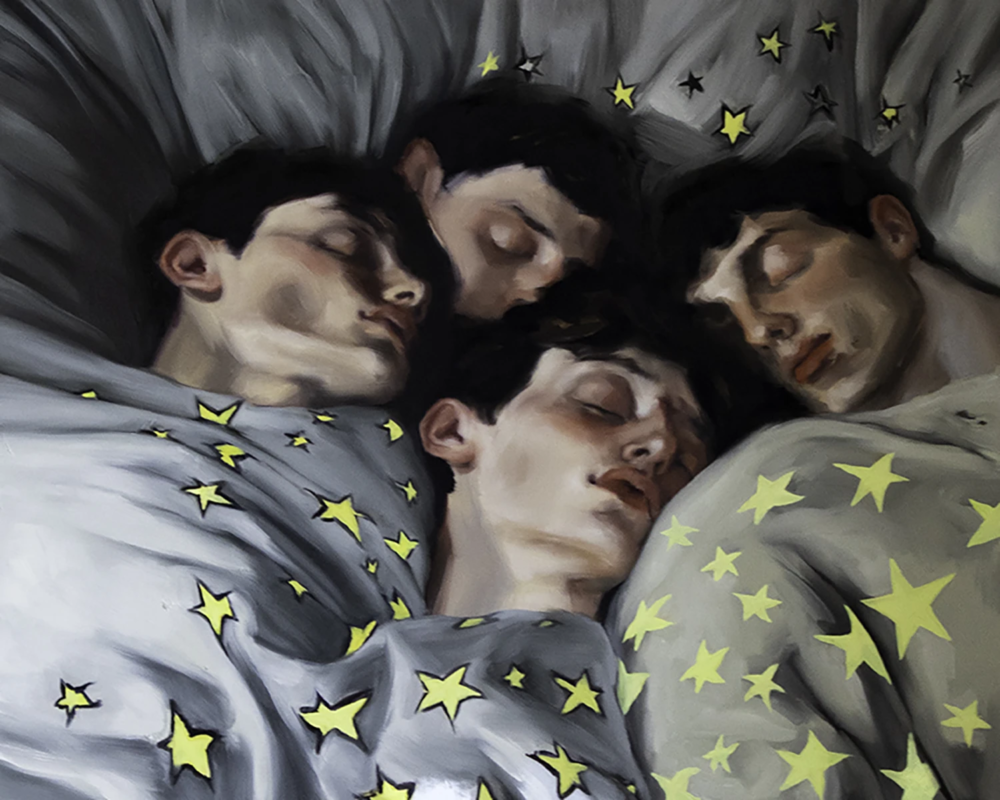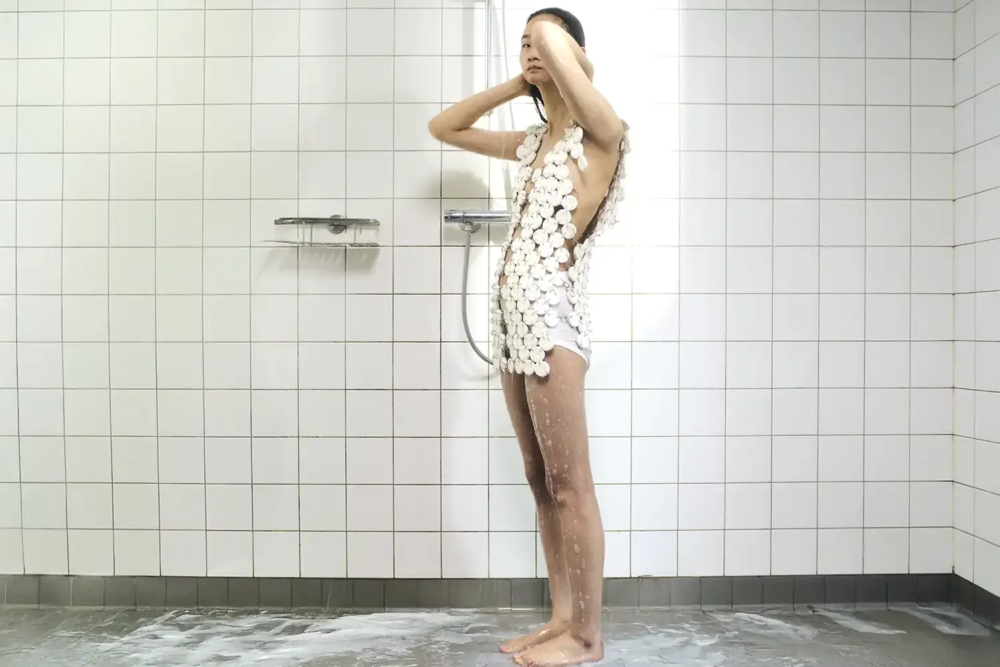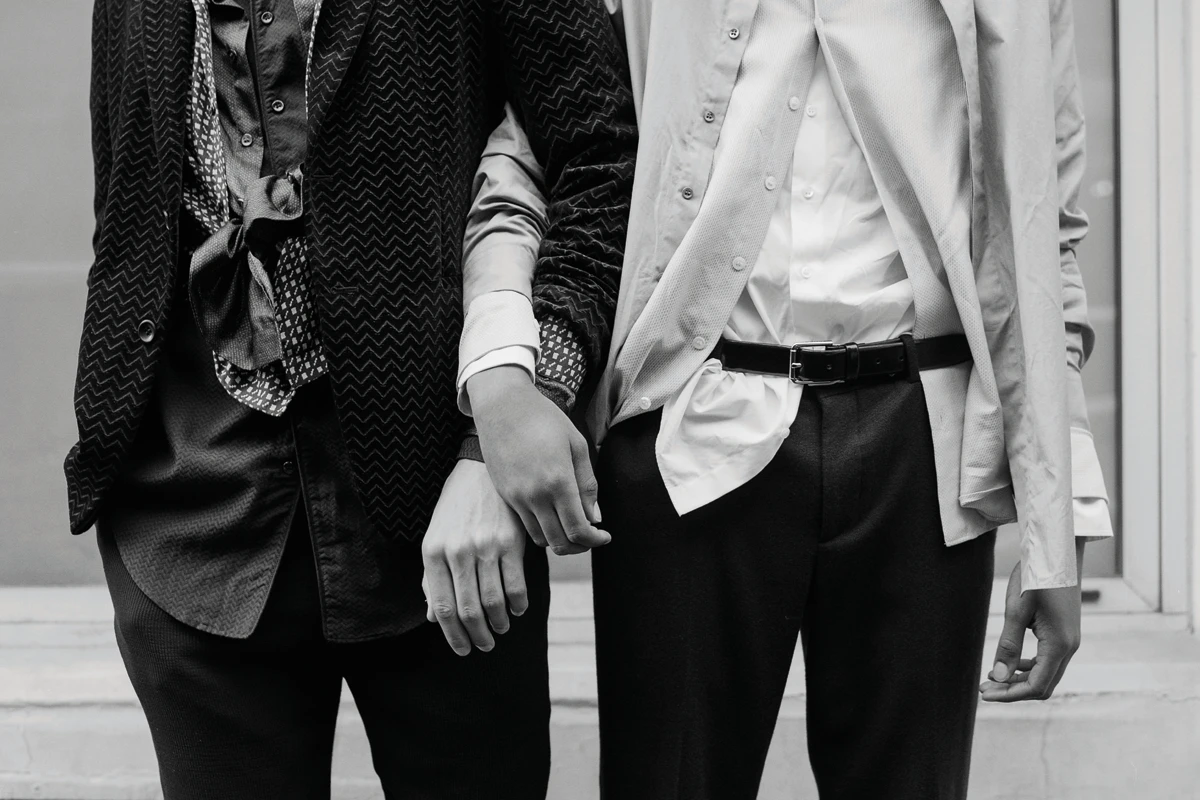
In Search of Lost Time through Opera and Books – Lampoon Archivio
Proust, passionate about the works of Wagner, embodied the subtle connection between the reader, the composer, and the stage. Lucas Lehmann and Ally macRae for Lampoon
Opera and the Library: Two Pillars of Culture Through the Centuries
Italian composer Giuseppe Verdi, through operas like Rigoletto and La Traviata, translated human passions and struggles into music. His works, inspired by texts from authors like Victor Hugo and Alexandre Dumas, demonstrate how literature and opera have nourished each other. Verdi, a man of great culture, drew from literature to create his masterpieces, showing how opera is not just music but a bridge between the written word and theater.
Opera and the library have always been cornerstones of human culture, two intertwined worlds that, while expressing themselves in different ways, converge in their mission to preserve and disseminate knowledge and beauty. Opera, with its heroes and tragedies, brings us back to great tales of the past, while the library, with its shelves filled with stories and essays, safeguards human thought. Both of these places have been frequented by historical figures who have left an indelible mark on culture.
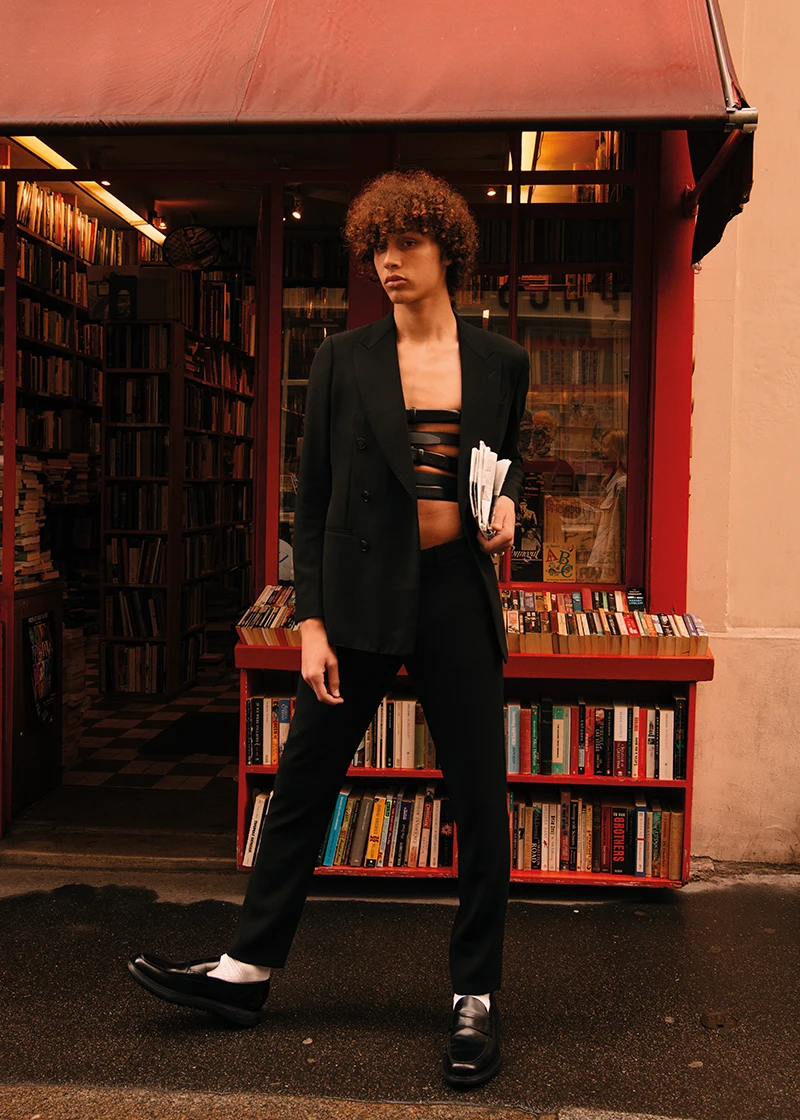
Richard Wagner drew inspiration from Norse mythology and literary epics, such as the Nibelungenlied. Wagner himself was an avid reader and frequenter of libraries, places that allowed him to discover distant worlds, which he then transformed into monumental musical scores. His personal library housed texts by Shakespeare, Goethe, and Schopenhauer, authors who influenced his artistic vision.
The library, in turn, is also the space that witnessed the emergence of great literary minds like Johann Wolfgang von Goethe, author of Faust, which inspired composers like Charles Gounod and Franz Liszt to create operas based on his writings. Goethe, who was also passionate about music, represented the archetype of the 18th-century intellectual: a man who found in libraries and theaters the core of his cultural growth.
Figures like Maria Callas, the celebrated soprano of the 20th century, remind us of the central role that the written word plays in the world of opera. Callas, known for her passionate interpretations, loved to read the texts of operas in depth, immersing herself in the stories to bring complex, multifaceted characters to life. She viewed each aria as a narrative, a text to be deciphered and interpreted, demonstrating the importance of words in the realm of opera.
In a library, one might imagine Marcel Proust, with his In Search of Lost Time, a work that explores memory and time, being leafed through alongside an opera libretto, while one loses oneself in the intricacies of human experience, just as great music does. Proust, passionate about the works of Wagner, embodied the subtle connection between the reader, the composer, and the stage.
Thus, while Beethoven wrote his letters in a small café, drawing inspiration from great classical texts and poetry, we find Tchaikovsky, who transformed the words of authors like Aleksandr Pushkin into immortal works like Eugene Onegin.
The connection between the library and opera spans centuries and cultures, showcasing how both are spaces for reflection, growth, and discovery. Each time we browse a book or attend an opera, we follow in the footsteps of these great historical figures, reclaiming that dialogue between words and sounds that has defined our civilization.
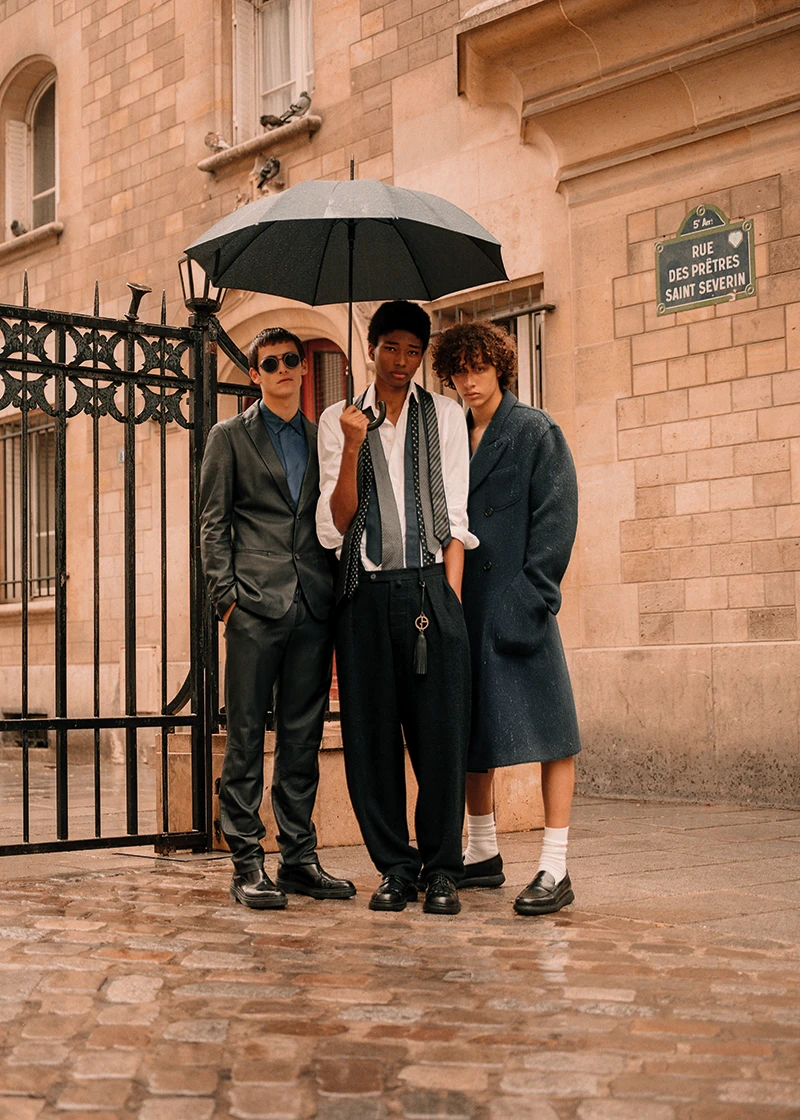
Lucas Lehmann, photographer based in Paris
Lucas Lehmann is a photographer with a portfolio that spans fashion, documentary, and portrait photography. His work includes both personal projects and professional collaborations with fashion brands like John Lobb and Armani. His style is rooted in capturing natural, candid moments, often highlighting the everyday beauty of his subjects. Lehmann’s projects reflect a blend of editorial and artistic sensibilities.
Ally MacRae is a fashion stylist and consultant currently based in Paris
Originally from Australia, Ally pursued Fine Arts in Melbourne and Paris before relocating to London, where she began her career as a fashion buyer. She later transitioned to roles as an art director and stylist, working across Australia and Paris. While studying, she freelanced as a costume designer for independent dance, theatre, and film productions. Her background in classical ballet and contemporary dance, which she studied for many years, deeply informs her approach to styling.
Ally’s advertising portfolio includes collaborations with Balenciaga, Hermès, Louis Vuitton, JW Anderson, Fenty, and Sandro. Her editorial work has appeared in publications like Vogue France, Vogue Italia, M Le Monde, Numéro, Revue, and others. She has collaborated with photographers such as Estelle Hanania, Theo Liu, Tanya and Zhenya Posternak, Anthony Seklaoui, Cho Giseok, and Elizaveta Porodina.
Monobrand story Armani FW19 featured in Lampoon Issue 19
